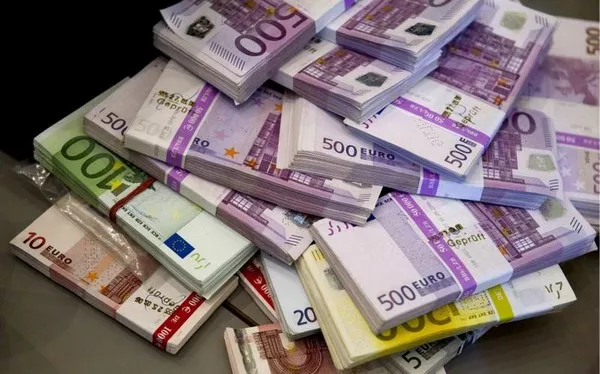The Japanese Yen weakened during Friday’s Asian trading session, with the USD/JPY pair climbing to a fresh daily high around 143.75. The retreat from the yen’s one-week peak came as reports suggested the Bank of Japan (BoJ) is likely to keep its benchmark interest rate unchanged at 0.5% during its upcoming policy meeting next week.
Despite signs of persistent inflation in Japan that support the case for future tightening, the immediate impact of a steady BoJ policy stance has undercut the yen’s momentum. Still, many investors expect the central bank to continue gradually moving toward policy normalization in the coming months.
Middle East Tensions Spark Safe-Haven Demand
Heightened geopolitical tensions in the Middle East have provided some support for the traditionally safe-haven yen. Israel launched a sweeping preemptive strike on Iranian military, missile, and nuclear infrastructure, triggering a state of emergency. Israeli Defense Minister Israel Katz warned of imminent retaliation, including potential missile and drone attacks. Prime Minister Benjamin Netanyahu affirmed that the operation would persist “as long as necessary” to neutralize Iran’s nuclear threat.
The crisis has drawn global attention, with U.S. Secretary of State Marco Rubio clarifying that the U.S. had no involvement in the strikes. Meanwhile, Iran’s Defense Minister Aziz Nasirzadeh threatened to target U.S. military bases in the region if the conflict escalates — a scenario that could destabilize the broader Middle East and potentially disrupt financial markets.
Trade Uncertainty Adds Market Headwinds
In parallel, ongoing trade concerns are injecting further uncertainty. Former U.S. President Donald Trump announced plans to implement unilateral tariffs within two weeks, with elevated steel tariffs now extending to a broad range of consumer appliances. These actions threaten to strain relations with key U.S. trading partners and could pressure global growth expectations.
Fed Rate Cut Bets Cap Dollar Strength
Despite the dollar’s intraday rebound, broader sentiment around the U.S. currency remains weak following dovish signals from the Federal Reserve. Softer-than-expected inflation data — with May’s Producer Price Index (PPI) rising just 0.1% month-over-month — has strengthened market conviction that the Fed will begin cutting interest rates as early as September. Additional labor market softness, highlighted by a rise in continuing jobless claims to the highest level since late 2021, has reinforced that outlook.
The greenback, pressured by falling Treasury yields and easing inflation, slipped to its lowest level since March 2022 earlier in the session, limiting the upside for USD/JPY.
Technical Outlook: Key Levels in Focus
Technically, the USD/JPY pair faces immediate resistance near the 144.00 mark. A decisive break above this level could open the door for a rally toward 144.50 and potentially the 145.00 psychological barrier. A further push may extend gains to the 145.45 region — the highest point in two weeks.
On the downside, support lies at 142.65 and 142.35. A break below these levels could intensify selling pressure and send the pair below the 142.00 level, with additional support at 141.65 and below the 141.00 threshold.
Market Watch
Investors now await the preliminary reading of the University of Michigan’s Consumer Sentiment Index and Inflation Expectations data due later Friday. However, geopolitical developments and updates on U.S. trade policy are expected to remain the dominant drivers of yen and dollar flows in the near term.


